Increasing Maritime Traffic
The maritime safety-system market in Europe is experiencing growth due to the rising volume of maritime traffic. As trade and tourism expand, the number of vessels navigating European waters increases, necessitating enhanced safety measures. In 2025, it is estimated that maritime traffic will rise by approximately 15%, leading to a greater demand for advanced safety systems. This surge in traffic heightens the risk of accidents and incidents, prompting stakeholders to invest in robust safety solutions. Consequently, the maritime safety-system market is likely to see a significant uptick in demand for technologies such as collision avoidance systems and emergency response protocols. The need for effective safety measures is further underscored by the European Union's commitment to improving maritime safety standards, which may drive investments in innovative safety technologies.
Growing Awareness of Safety Protocols
There is a notable increase in awareness regarding safety protocols within the maritime safety-system market in Europe. Stakeholders, including shipping companies and regulatory bodies, are increasingly prioritizing safety measures to mitigate risks associated with maritime operations. This heightened awareness is reflected in the growing adoption of safety training programs and drills, which are essential for ensuring compliance with safety regulations. In 2025, it is projected that investments in safety training will rise by 20%, indicating a strong commitment to enhancing safety standards. As organizations recognize the importance of a safety-first culture, the demand for comprehensive safety systems is likely to grow. This trend may lead to the development of innovative solutions that address specific safety challenges faced by the maritime industry.
Regulatory Pressure for Enhanced Safety
Regulatory pressure is a significant driver in the maritime safety-system market in Europe. The European Union has implemented stringent regulations aimed at improving safety standards across the maritime sector. Compliance with these regulations is mandatory for all maritime operators, leading to increased investments in safety systems. In 2025, it is estimated that compliance-related expenditures will account for approximately 30% of total safety system investments. This regulatory landscape compels companies to adopt advanced safety technologies to meet compliance requirements, thereby driving market growth. Additionally, the emphasis on safety compliance fosters a competitive environment where companies strive to differentiate themselves through superior safety measures. As a result, the maritime safety-system market is likely to witness a surge in demand for innovative solutions that align with regulatory expectations.
Investment in Infrastructure Development
Infrastructure development plays a crucial role in the maritime safety-system market in Europe. The European Commission has allocated substantial funding for the enhancement of port facilities and navigational aids, which is expected to reach €1 billion by 2026. This investment aims to modernize existing infrastructure and integrate advanced safety systems, thereby improving overall maritime safety. Enhanced infrastructure not only facilitates smoother operations but also reduces the likelihood of accidents. As ports upgrade their facilities, the demand for sophisticated safety systems, including surveillance and monitoring technologies, is likely to increase. Furthermore, the integration of smart technologies into port operations may lead to more efficient safety management practices, ultimately benefiting the maritime safety-system market.
Technological Integration in Safety Systems
The integration of advanced technologies into safety systems is a driving force in the maritime safety-system market in Europe. Innovations such as artificial intelligence, machine learning, and the Internet of Things (IoT) are being increasingly utilized to enhance safety measures. These technologies enable real-time monitoring and data analysis, which can significantly improve decision-making processes during maritime operations. In 2025, it is anticipated that the market for AI-driven safety solutions will expand by 25%, reflecting the industry's shift towards more intelligent safety systems. The adoption of these technologies not only enhances operational efficiency but also reduces the likelihood of accidents. As maritime stakeholders seek to leverage technological advancements, the demand for integrated safety systems is expected to rise, further propelling the growth of the maritime safety-system market.


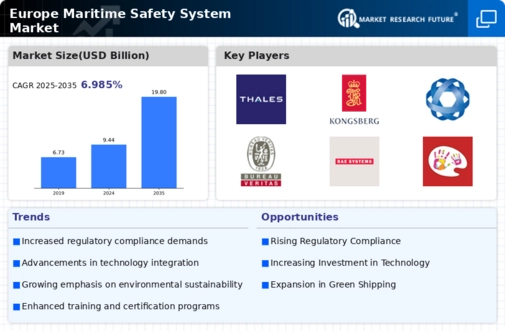
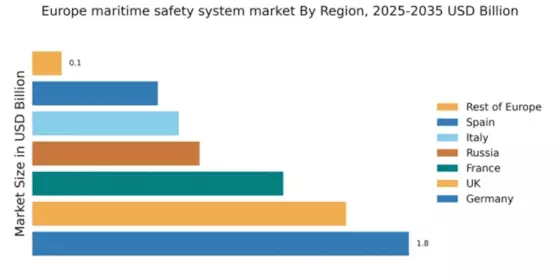
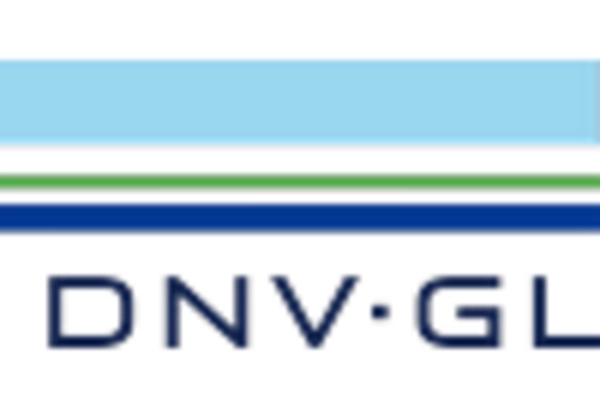
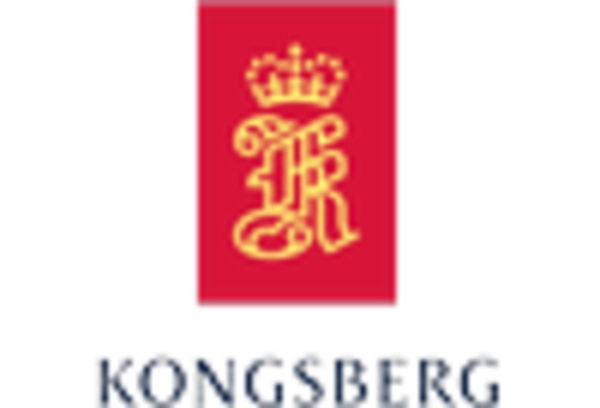



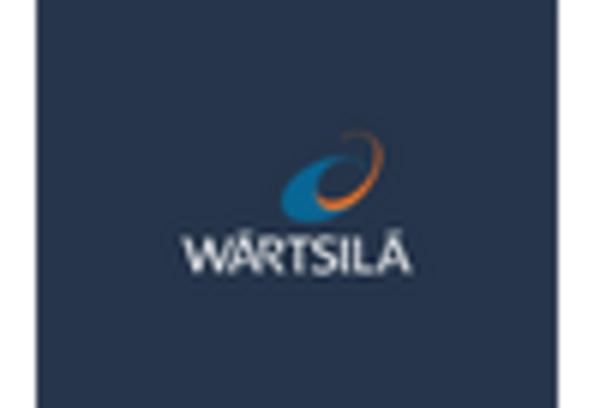








Leave a Comment